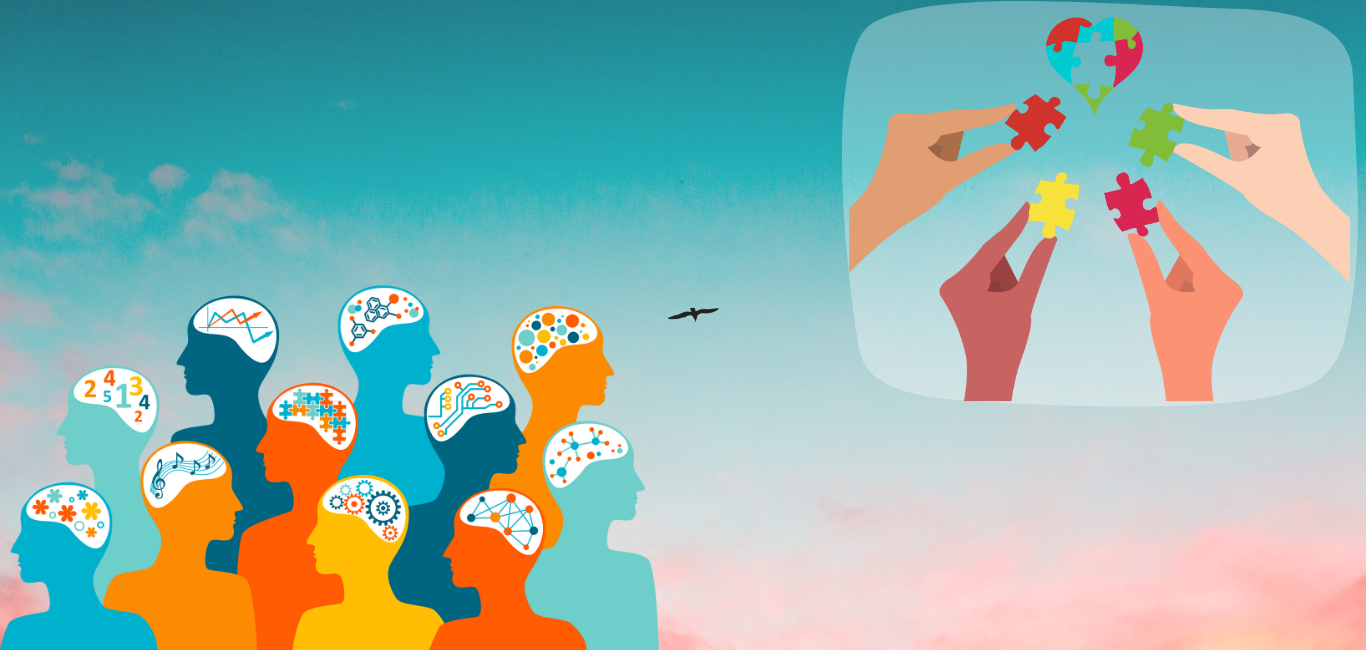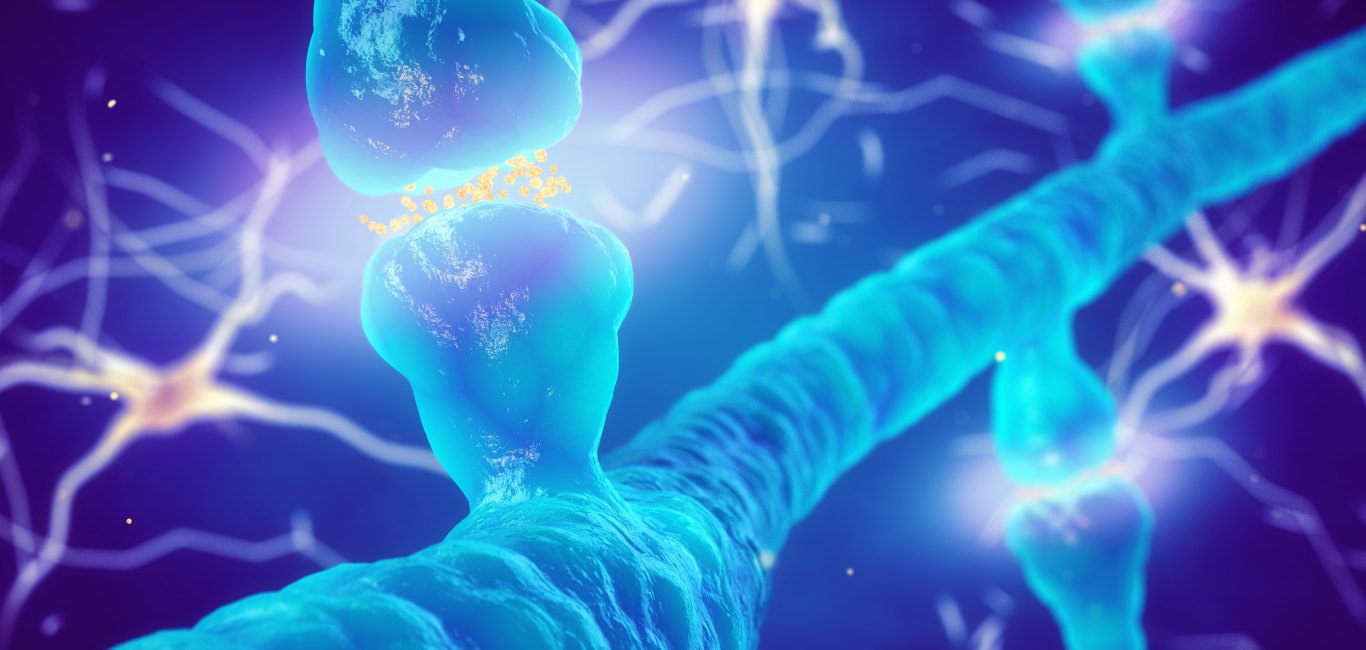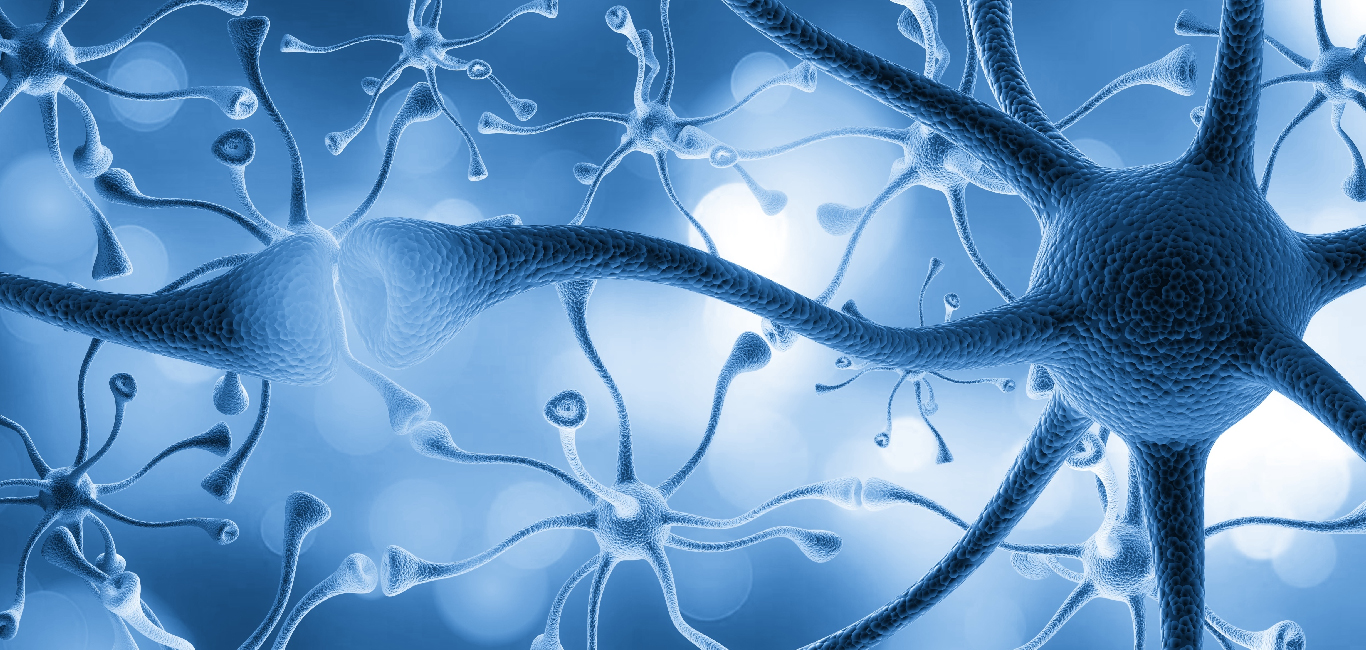Be it trimming a hedge, going for a haircut, or clearing cache from the browser, there is an innate need to eliminate the unused or unnecessary. Similarly, our brain has a natural clearing mechanism called synaptic pruning to tidy up unwanted neural connections. Synaptic pruning helps the brain work faster, better and more efficiently, ensuring optimal brain functions and cognitive health.
This article highlights five crucial aspects of synaptic pruning.
Use it or lose it: significance of synaptic pruning

Synapses are the communication stations between nerve cells or neurons where signals are exchanged. We have abundant synapses when we are born, says Dr Livia Tomova, a neuroscientist from Cambridge University, UK. “If we do not use them [specific synapses], they are pruned (removed) away,” she adds, highlighting the importance of the ‘out of sync, lose your link’ phenomenon.
According to a study, as the brain matures by the age of 20 , nearly 40 per cent of these connections are trimmed. This keeps the brain clean and healthy and conserves energy across networks, strengthening the required and relevant ones.
Microglia- tools to prune

How does the brain perform the chopping? Microglia – immune cells of the nervous system – are the primary drivers of synaptic pruning that ensure the brain is protected from infections, like Pac-Man, they chomp away axons – the wire-like extensions of nerve cells that carry the signals to the synapses. Such refining of the communication networks enhances learning, memory and other brain functions.
A study on mice by Dr Yosuke Morizawa’s team from Tohoku University, Japan, observed that when microglia pruned synapses in the cerebellum (movement coordination region of the brain), the animals became more agile.
Genes and the environment dictate pruning

At birth, we have a dense network of synaptic connections. Reportedly, Dr Peter Huttenlocher, a neuroscientist from the University of Chicago, USA, meticulously counted synapses in the human brains of the deceased of different ages, from a newborn to a 90-year-old. His groundbreaking research found that the number of synapses peaked around the age of two and dropped at adolescence, finally stabilising around adulthood.
Later studies have found that initially, up to two years, our genes determine how many networks need pruning. However, as we grow, interact, learn, and adapt to the world, the environment dictates the pruning and tightening of networks. These findings coincide with the brain’s ability to make suitable structural changes or neuroplasticity.
Factors influencing pruning

Exercising, eating gut-friendly food or socialising improve mood and well-being. These factors also influence how our nervous system networks are sculpted.
Exercise exerts a neuroprotective influence, keeping the microglia functioning at their optimum. A study on mice found that physical activities specifically changed the synapses in the hippocampus region.
Improper food habits can disturb the delicate balance of the gut microbiome. Research has shown that gut microbes influence the activity of microglia during the development stages.
A lack of social interactions decreases synaptic pruning, says Dr Tomova, who works on this aspect in adolescents.
Balance is the key to pruning

All these lead to the obvious question: how much pruning is good for the brain. Studies have shown that dysregulated pruning can lead to several neurological conditions. For instance, a study has found that glial cells nibble synapses excessively in Alzheimer’s, spreading the toxicity. In contrast, in schizophrenia, there is an abnormal level of synaptic pruning in all brain regions during adolescence. In those with autism, there are many synapses in some brain parts, indicating that low pruning levels lead to symptoms like oversensitivity to light or sounds.
Conclusion
Synaptic pruning is an intricate process that shapes how our brains function throughout our lives. “We need to figure out which type of synapses are pruned over time in the progression process of diseases,” says Dr Morizawa. Owing to its importance in brain health with ageing, researchers are targeting synaptic pruning to find new ways to treat these conditions.
Secret allies: the brain and the immune system
Better late than never: navigating autism in adulthood
The gut instinct: the surprising link between gut microbes and social behaviour

















